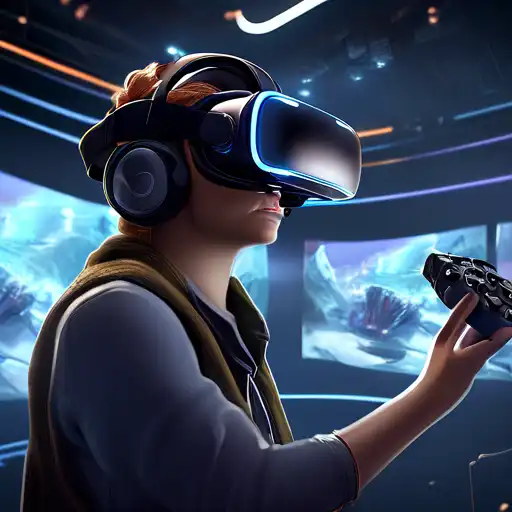Understanding the Complexities of VR Content Development
Virtual Reality (VR) has emerged as a groundbreaking technology, offering immersive experiences that were once the stuff of science fiction. However, developing content for VR is fraught with challenges that can stymie even the most seasoned developers. From technical hurdles to creative constraints, the path to creating compelling VR content is anything but straightforward.
Technical Challenges in VR Development
One of the primary obstacles in VR content creation is the technical complexity involved. Developers must grapple with high-performance requirements, ensuring that content runs smoothly across various devices without causing motion sickness or discomfort. This necessitates a deep understanding of 3D modeling, spatial audio, and real-time rendering techniques.
- High-performance computing needs
- Compatibility across diverse VR platforms
- Optimization for motion sickness reduction
Creative and Design Hurdles
Beyond the technical aspects, VR content creators face unique creative challenges. Designing immersive environments that engage users requires a novel approach to storytelling and user interaction. Traditional narrative techniques often fall short in VR, prompting developers to explore new methods of engaging audiences.
- Developing immersive storytelling techniques
- Creating intuitive user interfaces
- Ensuring user engagement in a 360-degree environment
The Cost of VR Content Production
Producing VR content is not only technically and creatively demanding but also financially taxing. The cost of high-quality VR development tools and the need for specialized talent can significantly inflate project budgets. Small studios and independent creators, in particular, may find these costs prohibitive.
- High expenses for development tools and software
- Need for specialized skills and training
- Longer development timelines increasing costs
Overcoming the Challenges
Despite these hurdles, the VR industry continues to grow, driven by relentless innovation and the development of more accessible tools. By leveraging emerging technologies and adopting best practices, developers can overcome many of the challenges associated with VR content creation. Collaboration across disciplines and continuous learning are key to navigating the complex landscape of VR development.
As VR technology evolves, so too will the strategies for creating engaging and immersive content. The challenges of today will pave the way for the breakthroughs of tomorrow, making the effort to overcome them well worth it.
